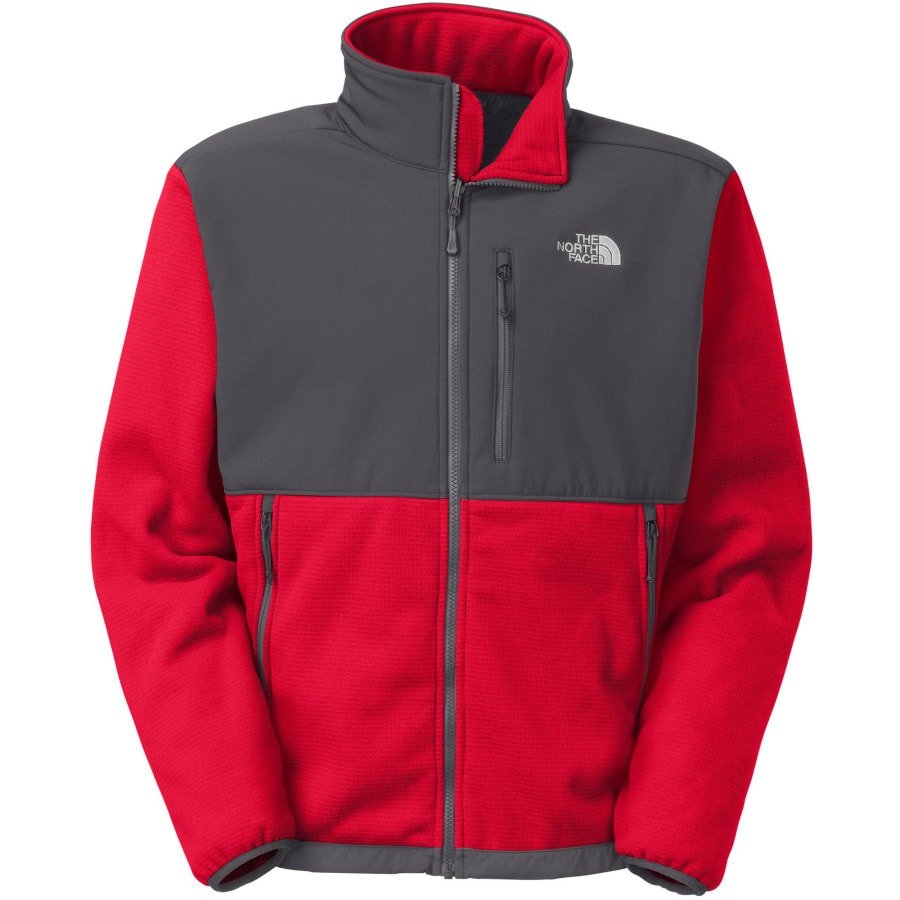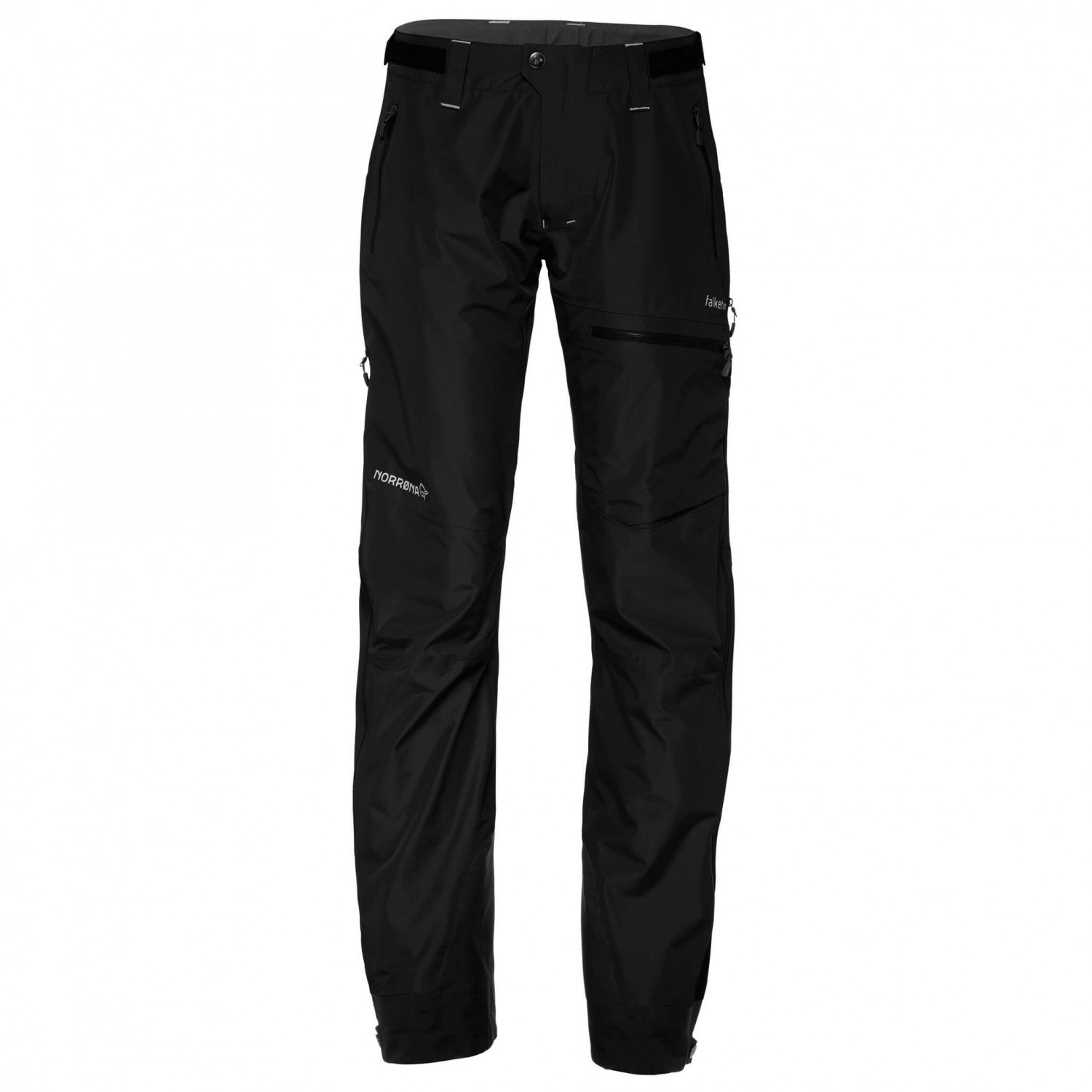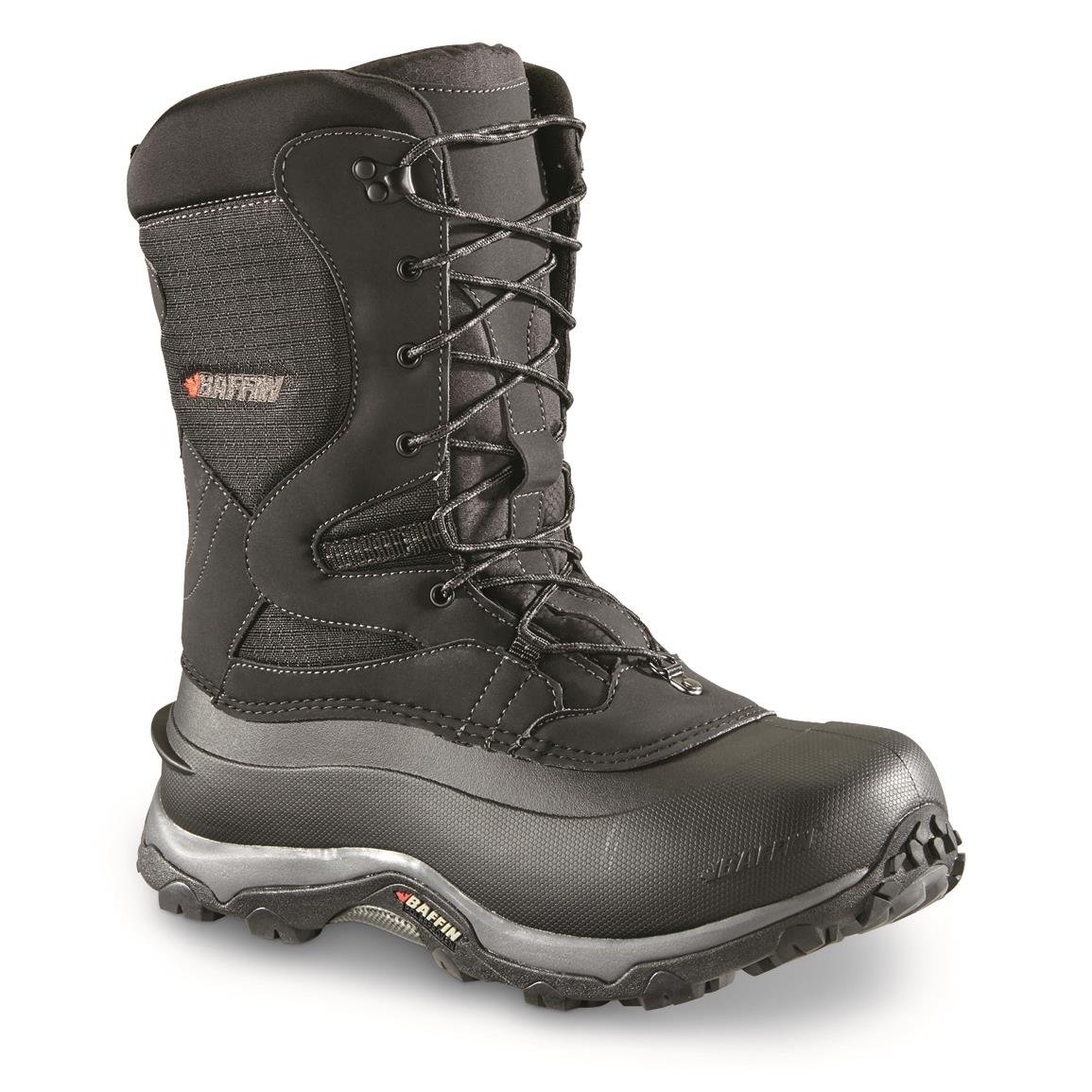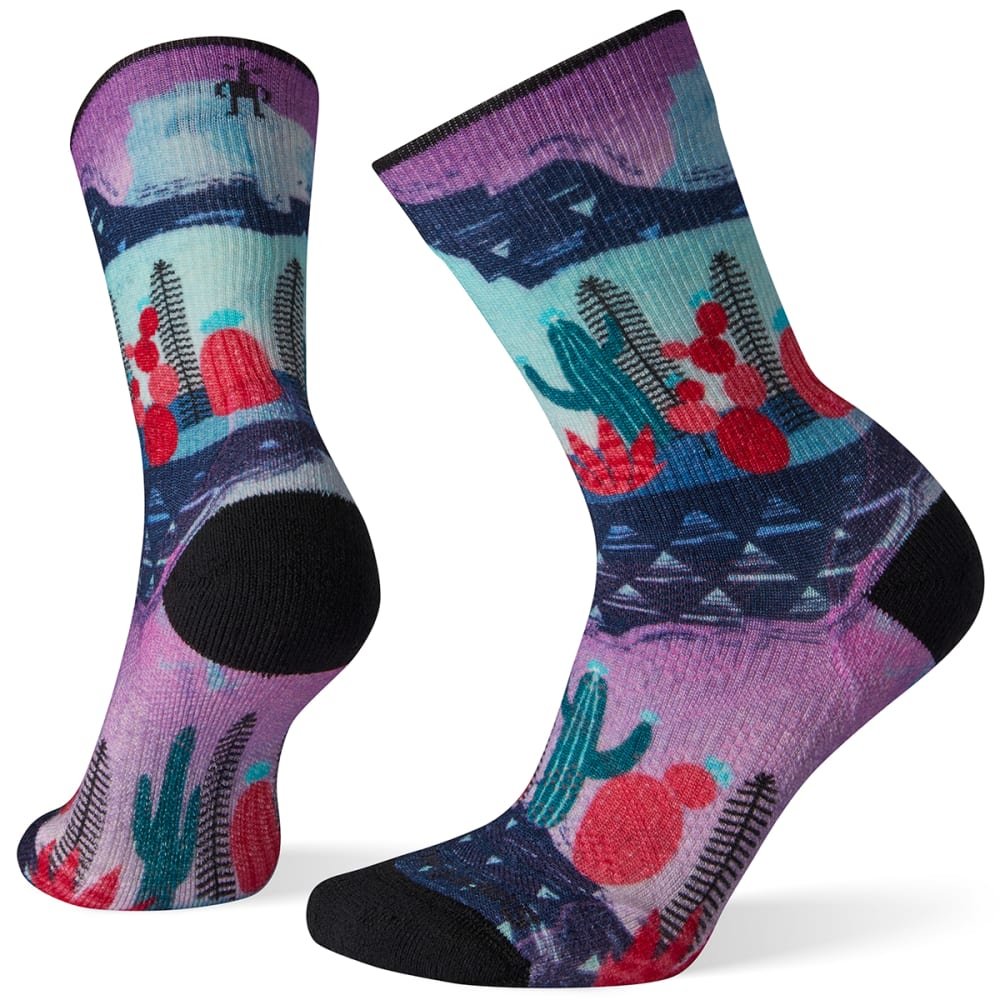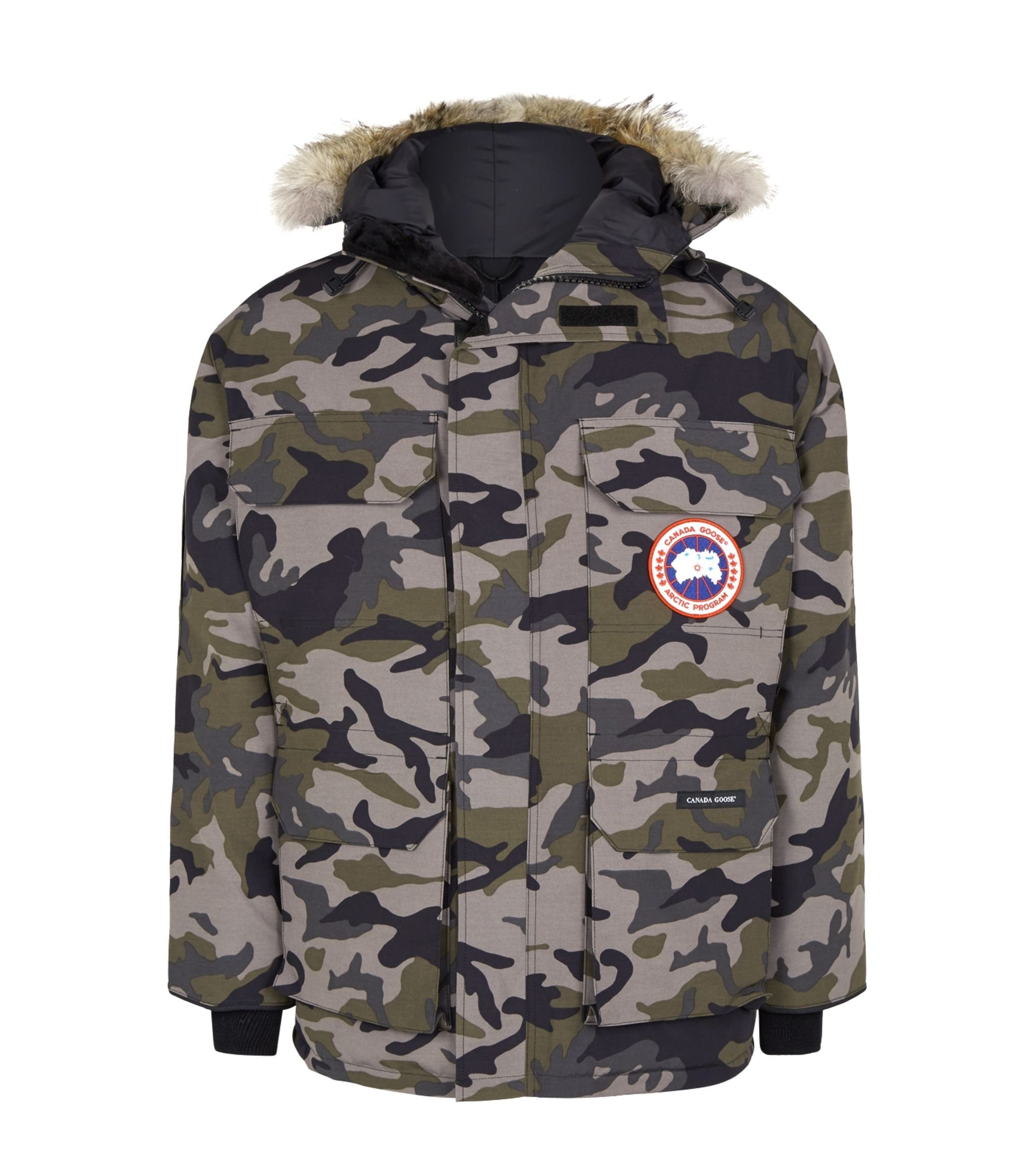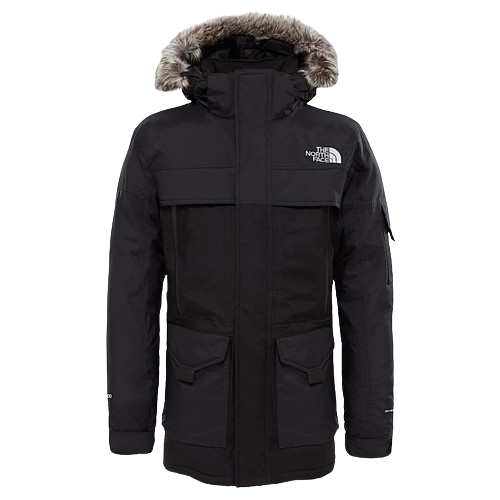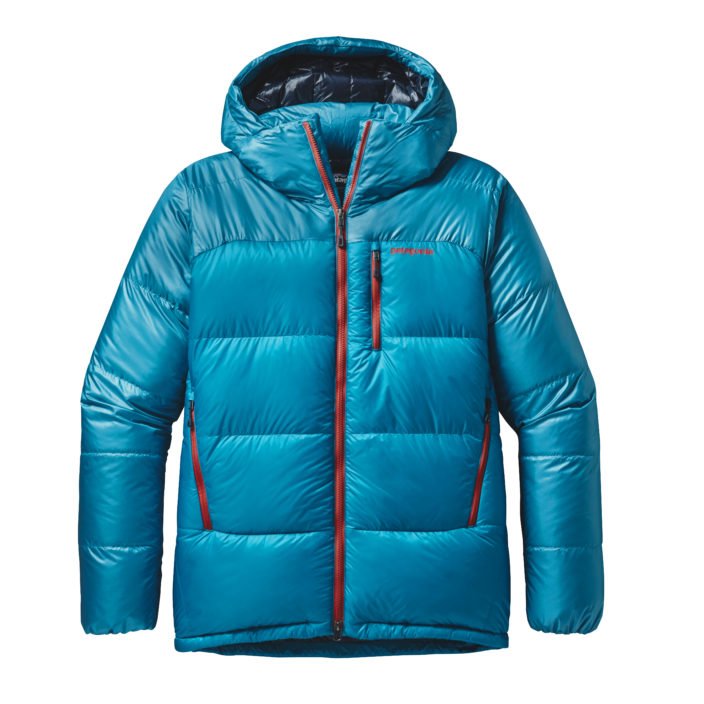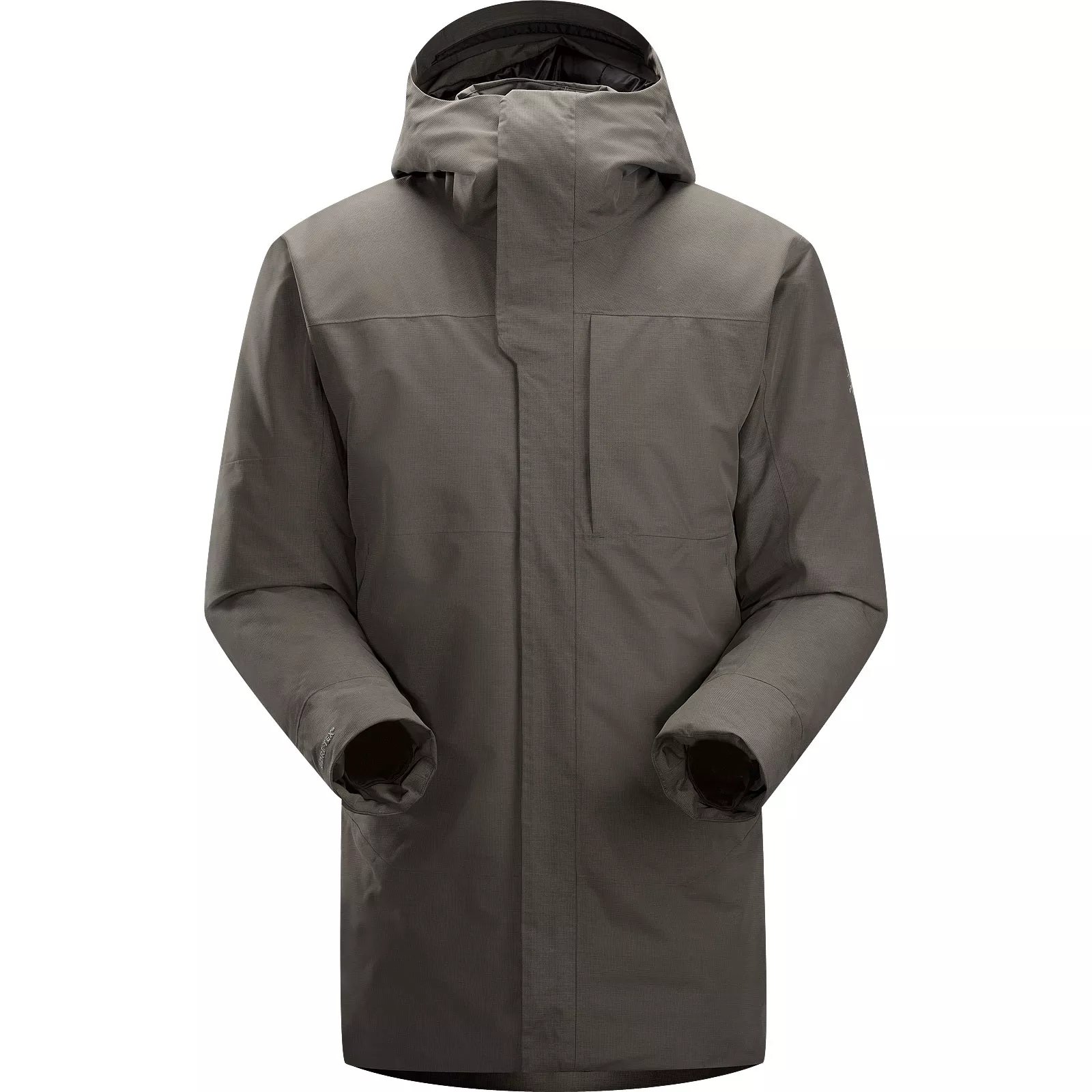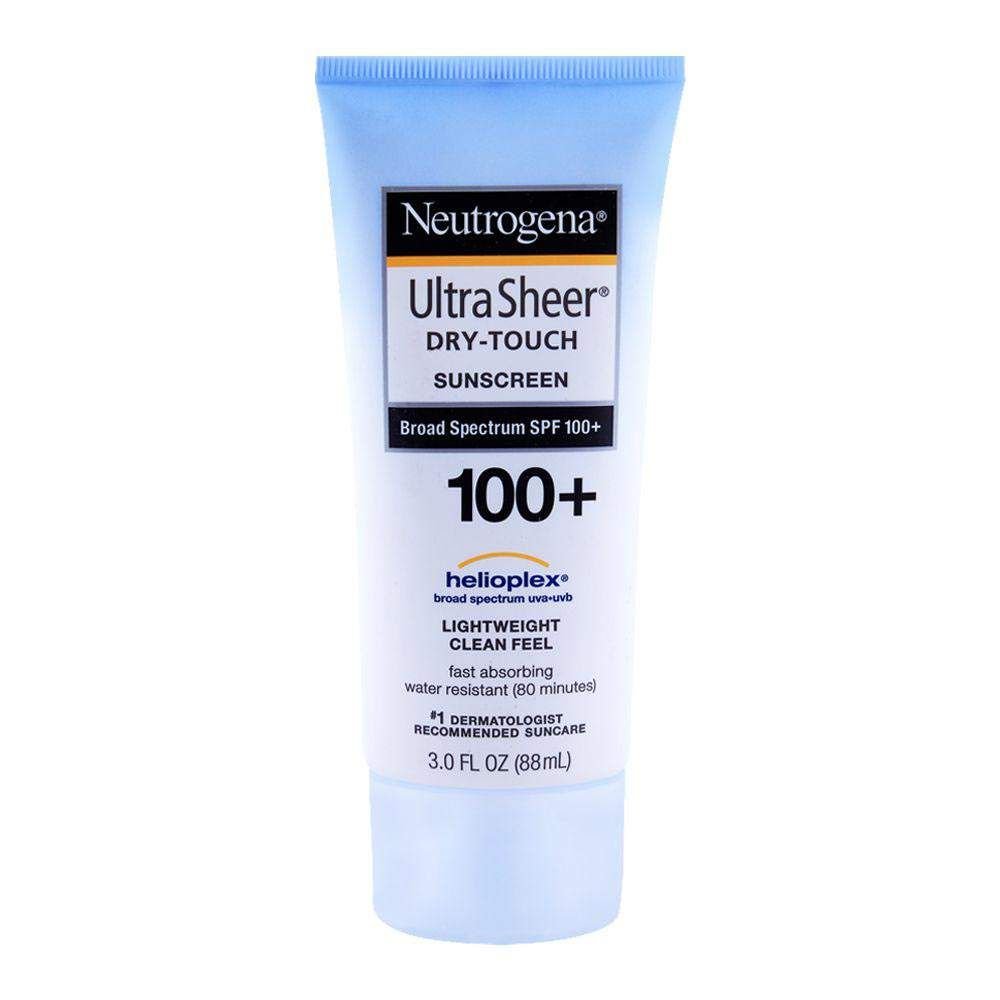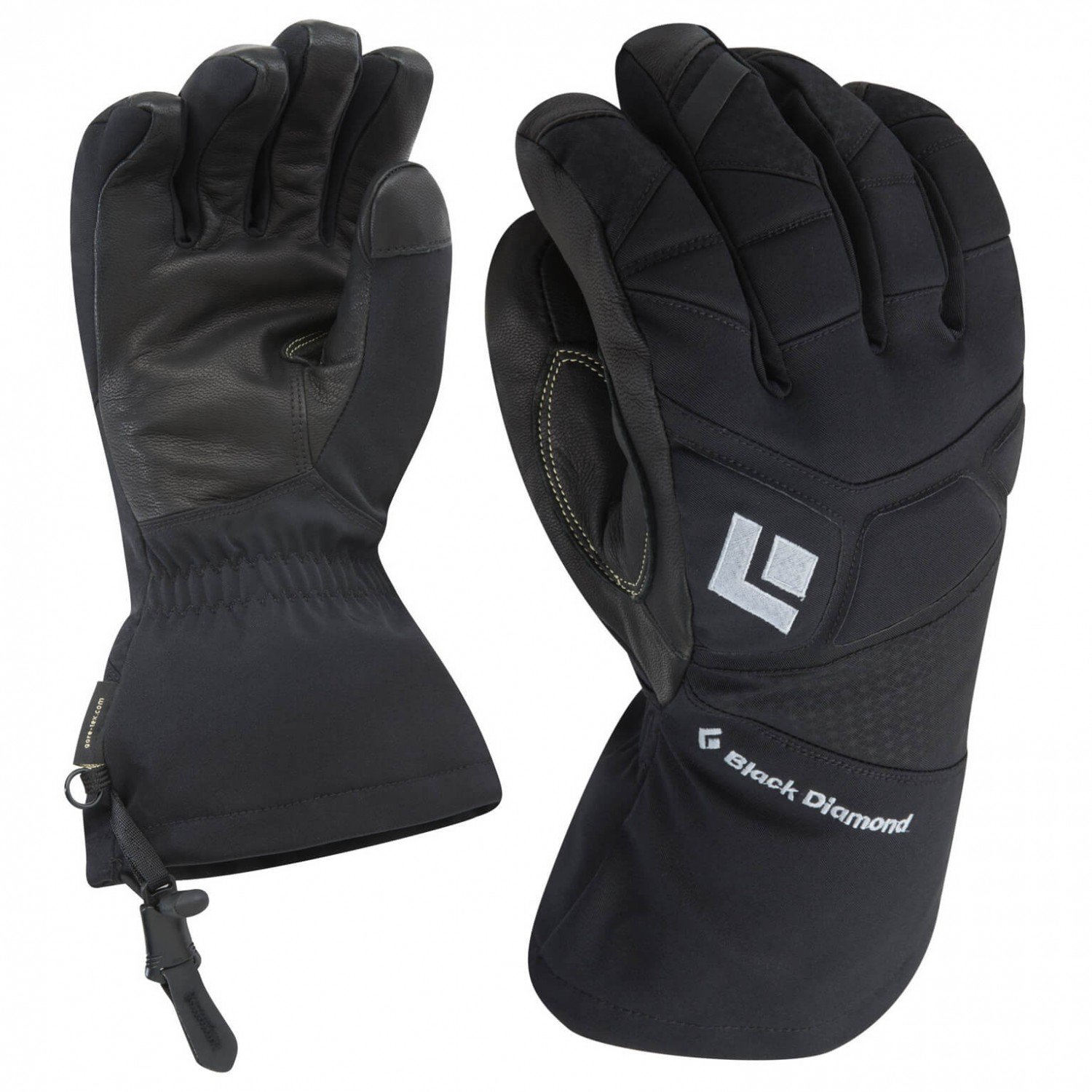What to Pack for Antarctica - A Comprehensive Guide
Embark on the ultimate Antarctic adventure with our comprehensive packing guide! Navigating the icy seventh continent requires careful preparation, and our trail-tested recommendations are here to ensure you're equipped for every twist and turn in this mesmerizing wilderness. Packed with essential insights and seasoned favorites, this guide emphasizes the importance of light and smart packing. Whether you're a seasoned explorer or embarking on your first polar expedition, our tips will help you assemble a versatile kit that adapts to Antarctica's dynamic conditions. Remember, there's no such thing as bad weather—only inappropriate gear. Prioritize quality and durability from brands committed to excellence, and get ready to embrace the extraordinary beauty of Antarctica.
What to Pack
Layering:
Base Layers: These form the foundation of your attire, providing insulation and regulating body temperature. Opt for moisture-wicking fabrics like merino wool or synthetic materials from trusted brands such as Icebreaker or Patagonia. These not only keep you warm but also ensure that sweat is efficiently moved away from your body, keeping you dry and comfortable.
Mid Layers: In the unforgiving Antarctic environment, additional warmth is crucial. Fleece jackets and pants with adjustable cuffs or ventilation zippers are ideal. Brands like The North Face or Columbia offer reliable options designed to withstand the harsh conditions, providing you with the comfort needed for extended outdoor activities.
Outer Layers: Protection against wind and moisture is paramount. Invest in waterproof pants and a robust parka jacket, ideally made with materials like Gore-Tex. These materials not only provide insulation but also act as a shield against the biting winds, ensuring you stay warm and comfortable even in the most extreme conditions.
Footwear:
Insulated Boots: Your choice of boots can make or break your Antarctic expedition. High-quality insulated boots with excellent traction and removable liners (for easy drying and cleaning) are essential. Brands like Baffin or Sorel are renowned for their performance in extreme cold, providing you with the stability and warmth needed for walking on icy terrain.
Extra Socks: Feet are often the first to feel the cold. Packing multiple pairs of warm, moisture-wicking socks from brands like Smartwool or Darn Tough is crucial. These socks will keep your feet dry and comfortable, preventing frostbite and ensuring you can fully enjoy the journey.
Selecting the Perfect Parka:
A high-quality parka is the cornerstone of your Antarctic outerwear. When selecting a parka, consider the following features:
Insulation: Opt for parkas with advanced insulation technologies, such as down or synthetic materials. Down insulation, sourced from duck or goose feathers, provides excellent warmth-to-weight ratio, while synthetic insulation retains heat even when wet, a crucial factor in Antarctica's unpredictable weather.
Waterproof and Windproof: Antarctica's weather can be unforgiving, with sudden snowstorms and biting winds. Ensure your parka is not only insulated but also waterproof and windproof. Look for materials like Gore-Tex or similar membranes that provide a barrier against moisture and wind while allowing breathability.
Length and Coverage: Choose a parka with a longer length to provide maximum coverage and protection. A parka that extends past your hips helps keep your lower body warm, especially in windy conditions. Some parkas also feature a longer back for added protection when sitting or bending.
Adjustable Features: Parkas with adjustable features such as cuffs, hoods, and waistbands allow you to customize the fit for optimal comfort and protection. Adjustable cuffs, for example, prevent cold air from entering the sleeves, while a snug-fitting hood shields your face from harsh winds.
Pockets: Look for a parka with ample pockets, both exterior and interior. These pockets provide convenient storage for essentials and also act as hand warmers. Some parkas even feature fleece-lined pockets for added comfort in extremely cold conditions.
Recommended Parka Brands
Several reputable brands are known for producing high-performance parkas suitable for Antarctic conditions:
Canada Goose: Renowned for its expedition-grade outerwear, Canada Goose offers parkas designed for extreme cold. Models like the Expedition Parka are equipped with top-notch insulation and features to withstand the harshest environments.
The North Face: A trusted name in outdoor gear, The North Face provides parkas with a focus on functionality and durability. Models like the McMurdo Parka are designed for frigid temperatures and offer a range of features for maximum comfort.
Patagonia: Known for its commitment to environmental sustainability, Patagonia produces parkas with high-quality insulation and weather-resistant materials. The Fitz Roy Down Parka is an example of their dedication to both performance and eco-friendly practices.
Arc'teryx: Recognized for its technical excellence, Arc'teryx offers parkas that combine cutting-edge design with premium materials. The Therme Parka, for instance, provides exceptional warmth and protection in harsh winter conditions.
When investing in a parka for your Antarctic adventure, prioritize quality, functionality, and durability. Your parka is not just outerwear; it's a crucial component of your survival gear in one of the most challenging environments on the planet. Take the time to research and choose a parka that suits your specific needs and ensures a safe and comfortable experience in Antarctica.
Accessories:
Gloves: Antarctica's biting cold demands specialized gloves. Opt for waterproof and insulated gloves with a good grip from brands like Outdoor Research or Black Diamond. These gloves not only keep your hands warm but also provide the dexterity needed to handle equipment and navigate the icy terrain.
Hats: A warm, insulated hat that covers your ears is a must. Whether it's a beanie or a trapper hat, this accessory adds an extra layer of protection from the elements, preventing heat loss and ensuring you stay comfortable throughout your expedition.
Scarves: The cold winds in Antarctica can be harsh on your neck and face. Pack a scarf or neck gaiter made of thick, wind-resistant material to shield yourself from the biting cold winds. This simple accessory can make a significant difference in your comfort level.
Sunglasses: Antarctica's reflective ice can be blinding. Don't forget polarized sunglasses with UV protection to reduce glare from the sun. Brands like Oakley or Smith Optics offer suitable options designed to provide clear vision and protect your eyes in these extreme conditions.
Personal Items:
Toiletries: Antarctica's harsh environment requires special attention to skincare. Include high-SPF sunscreen, lip balm, and moisturizer with strong protective qualities. Brands like Neutrogena or La Roche-Posay are recommended for their effectiveness in preventing sunburn and chapped skin.
Medications: Health and safety are paramount in such remote locations. Pack any necessary medications and a basic first aid kit for emergencies. Consult with your healthcare provider for specific recommendations based on your health needs and the unique challenges of Antarctica.
Electronics: Capturing the beauty of Antarctica requires reliable equipment. Carry a camera known for performing well in cold conditions, such as the Canon EOS 5D or the Nikon D850. Don't forget power adapters and spare memory cards to ensure you never miss a moment. Remember to keep electronic devices warm with hand warmers to prevent battery drain in the extreme cold.
Packing Efficiency
Maximize space: Antarctica's unpredictable weather and remote locations require careful planning. Utilize compression bags for clothing to maximize space and keep items organized. Additionally, choose multi-purpose items to minimize bulk and streamline your packing.
Essentials in carry-on: In the remote chance that checked bags are delayed, keep crucial items such as medications, important documents, and a change of clothes in your carry-on luggage. This ensures you have the essentials to start your expedition even if your checked baggage is temporarily unavailable.
Special Considerations for Duration of Stay
Longer expeditions: For extended stays in Antarctica, consider packing additional underwear and socks. While laundry options may be available on some journeys, having a sufficient supply ensures you stay comfortable and hygienic throughout your expedition.
Weather adaptability: Antarctica's weather can change rapidly. Be prepared for shifting conditions over extended periods and have strategies in place to adapt. This includes having versatile clothing options that allow you to layer up or down based on the temperature and weather conditions.
What Not to Pack
Avoid cotton: Cotton retains moisture, which can make you feel cold and uncomfortable. In the extreme cold of Antarctica, moisture-wicking materials are essential to keep you dry and warm. Opt for base layers and socks made of materials designed to wick moisture away from your skin.
Leave heavy items: Space and weight are precious commodities when embarking on an Antarctic expedition. Leave heavy or bulky items at home to save space in your luggage for essentials. Choose lightweight and compact alternatives wherever possible.
Limit shoes: Antarctica demands versatile footwear suitable for different activities. Instead of packing multiple pairs of shoes, opt for a high-quality, versatile pair that can handle various terrains and weather conditions. This minimizes the number of shoes you need to bring while ensuring you are prepared for any adventure.
Additional Essentials
Navigation tools: Consider bringing a GPS device or compass to assist in navigation, especially if you plan to explore off the beaten path. Antarctica's vast and seemingly endless landscapes can be disorienting, and having reliable navigation tools can enhance your safety.
Portable power bank: Given the extreme cold, electronic devices may experience faster battery drain. A portable power bank can be a lifesaver, ensuring your devices stay charged throughout your expedition.
Binoculars: Enhance your wildlife and scenic viewing experience with a good pair of binoculars. Antarctica is home to diverse wildlife, and having binoculars allows you to observe these incredible creatures from a safe distance.
Dry bags: Protect your essentials from potential water exposure. Dry bags are essential for safeguarding items like cameras, documents, and extra clothing during boat excursions or unpredictable weather conditions.
Journal or sketchbook: Capture the unique moments and breathtaking landscapes by bringing a journal or sketchbook. Documenting your experiences in Antarctica adds a personal touch to your expedition and allows you to reflect on the awe-inspiring journey.
Multi-tool or knife: A compact multi-tool or knife can be handy for various situations, from minor repairs to opening packages. Ensure it complies with airline regulations and Antarctic guidelines.
High-quality binoculars: Antarctica is teeming with unique wildlife, and a pair of high-quality binoculars will allow you to observe penguins, seals, and seabirds in their natural habitat. Ensure they are waterproof and have good magnification for optimal wildlife viewing.
Insulated water bottle: Staying hydrated is crucial in Antarctica, even in cold climates. An insulated water bottle helps prevent liquids from freezing and ensures you have access to water throughout your journey.
Specialized camera equipment: For photography enthusiasts, consider bringing specialized camera equipment like a drone for capturing aerial shots of Antarctica's stunning landscapes. Check and adhere to local regulations regarding drone usage.
Remember, while this comprehensive packing guide provides a solid foundation, tailor your list based on personal preferences, needs, and the duration of your trip. With thorough preparation and the right gear, you'll be ready to embark on an unforgettable journey to the mesmerizing beauty of Antarctica. Happy packing!


